
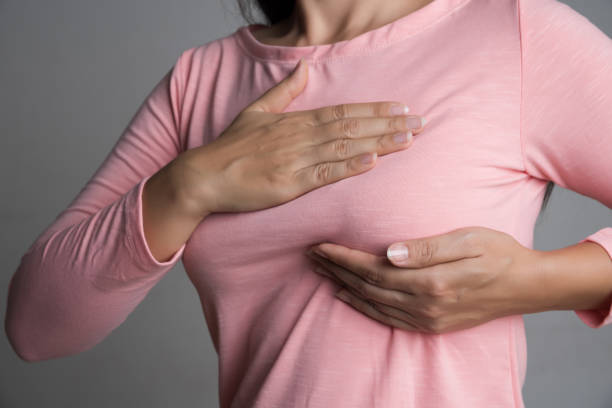
According to the Pan American Health Organization, breast cancer remains the leading cancer among Jamaican women, followed closely by cervical cancer.
One of the many ways that individuals may decrease their risk of becoming susceptible to breast cancer is by becoming aware of the different risk factors.
Oftentimes the development of breast cancer in an individual may be due to a combination of factors, however, the main factors that influence one’s risk include being a woman and getting older.
At a general level, there exist two categories of breast cancer risk factors. These include risk factors that can be changed and those that cannot be changed.
Breast Cancer risk factors that cannot be changed
More often than not, individuals who develop breast cancer do so due to factors that are completely out of their control. These factors include:
- Getting older – The risk for breast cancer generally increases with age and many who develop breast cancers are diagnosed after age 50.
2. Genetic mutations – Women who inherit mutations of the BRCA1 and BRCA2 genes are at higher risk of breast and ovarian cancer.
3. Reproductive history – Menstrual periods which begin before age 12, menopause that begins after age 55 can expose women to hormones longer, raising their risk of getting breast cancer.
4. Having dense breasts – Dense breasts have more connective tissue than fatty tissue, which can sometimes make it hard to see tumours on a mammogram. As a result, women with dense breasts are more likely to get breast cancer.
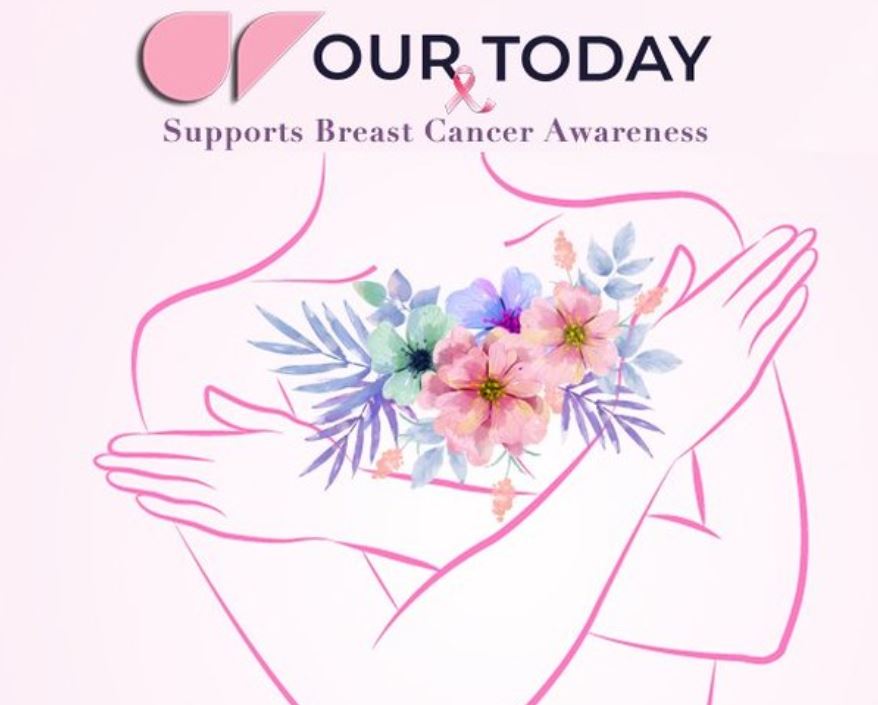
5. Personal history of breast cancer or certain non-cancerous breast diseases – Women who have had breast cancer before are more likely to get breast cancer a second time. In addition, some non-cancerous breast diseases such as atypical hyperplasia or lobular carcinoma are associated with a higher risk of getting breast cancer.
6. Family history of breast or ovarian cancer – A woman’s risk for breast cancer is higher if she has a mother, sister, daughter or multiple family members on either her mother’s or father’s side of the family who have had breast or ovarian cancer. Having a first-degree male relative with breast cancer also raises a woman’s risk.
7. Previous treatment using radiation therapy – Women who had radiation therapy to the chest or breasts (for instance, treatment of Hodgkin’s lymphoma) before age 30 have a higher risk of getting breast cancer later in life.
In addition to these risk factors that cannot be changed, there are a number of breast cancer risk factors that can be changed. Stay tuned for Part II of this article tomorrow (October 27), which will detail the risk factors that can be changed.


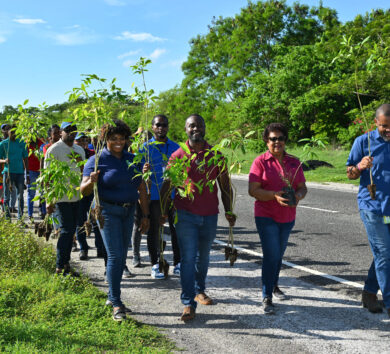

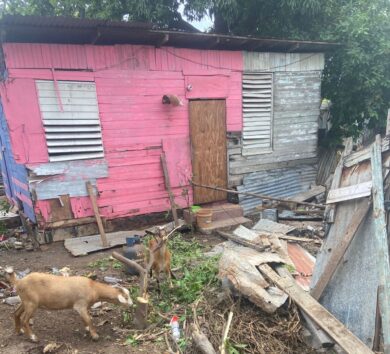
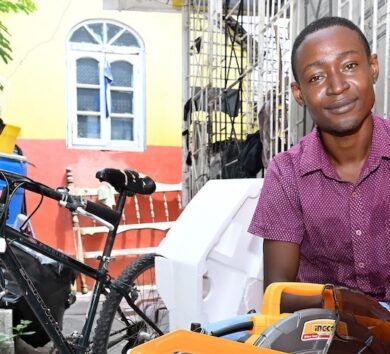

Comments